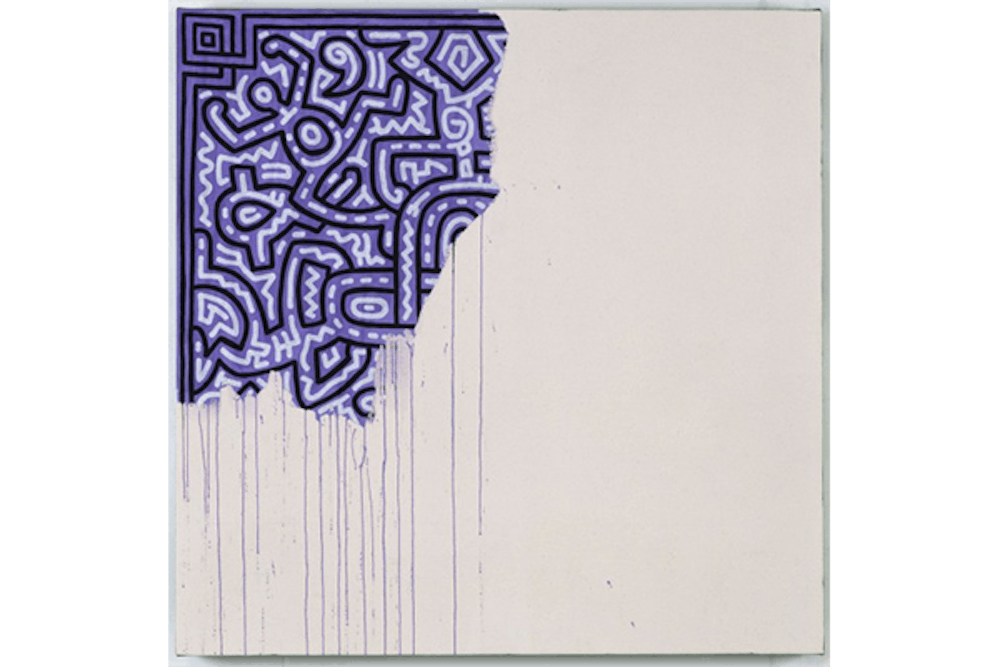Editor's note: Some of the art pictured below may be startling or cause discomfort for some viewers — view with an open mind.
Twenty-five years ago, the modern art community lost a controversial, albeit remarkably talented, artist. Keith Haring, who died in 1990 from AIDS-related complications at age 31, was regarded as an icon for some — especially those in the queer community — and a menace to others (the bourgeoisie, as he once wrote).
Haring's goal had been to work for the Disney Corporation. However, while attending art school in Pittsburgh, his interest in commercial art waned, and he left school, abandoning his Disney dreams. He moved to Brooklyn, New York, where he began studying painting. His often politically charged and socially critical art pieces did not match his professor's expectations, but they fueled his creativity.
In the early '80s, Haring turned to graffiti in the New York subways, inspired by the artist Jean-Michel Basquiat. During this time, Haring forged the "Crack is Whack" anti-drug campaign in response to the '80s crack epidemic, and "Silence=Death," a campaign to bring awareness to AIDS.
Because of these campaigns, as well as his repetitive use of iconography, including his signature pieces: the radiant baby, barking dog and dancing people, Haring's legacy continues on today and will extend far into the future.
To celebrate this life and legacy and to promote critical thought towards systematic oppression, race, sexuality and gender, here are the top five most thought-provoking works by Haring.
5. "Untitled," 1984
Haring had strong opinions on capitalism and the police state. Most of his works had strong undertones of opposition towards all things totalitarian.
4. "Moses and the Burning Bush," 1985
Haring's art often critically analyzed religion, most often featuring Christian motifs. Here, Haring created his version of the biblical story "Moses and the Burning Bush."
3. "Untitled," 1984
Haring often spoke about social justice issues in the world, including Apartheid in South Africa. This untitled piece is one of many criticizing oppression in South Africa.
2. "The Great White Way," 1988
Shock value was an integral part of Haring's art. His pieces focusing on sexuality, homophobia and capitalism often featured anal sex, male genitals and other sexually charged imagery.
1. "Unfinished Painting," 1989
Haring's final painting, "Unfinished Painting," is a completed self-portrait purposely designed to appear incomplete. The painting showcases his feelings on AIDS as it was being handled by the federal government. Symbolically, it represents lives being cut short by the disease and a lack of government care. It is an incredibly personal painting, as Haring knew he was nearing the end of his life, and many of the things he had planned weren't going to be accomplished.
Although it is often shocking, Haring's art continues to be an inspiration for queer artists and people across the globe. His critical works create a space in society to analyze and work towards solutions towards oppressive regimes — they're also not too hard on the eyes.
Send the opinion editor your post-modern musings at opiniondesk.statepress@gmail.com or follow @mikayrodr on Twitter.
Like The State Press on Facebook and follow @statepress on Twitter.









